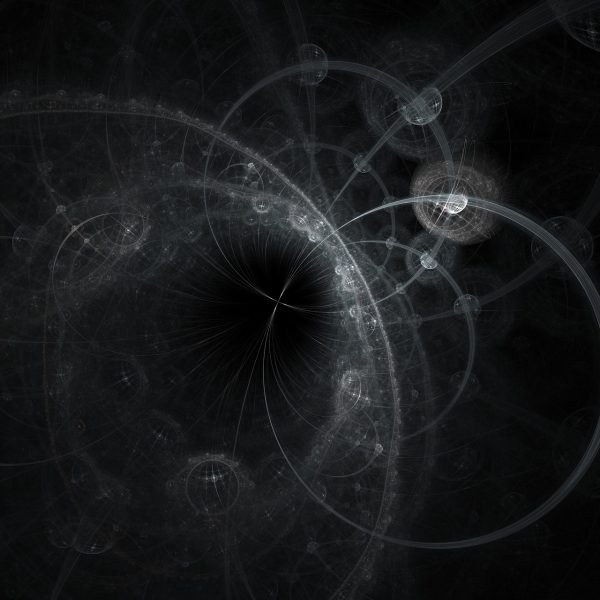Streams of gas fall to their dooms, plunging into black holes, locked away from the universe forever. In their final moments, these gassy shreds send out one last flare of light, some of the brightest emissions in the universe.
These death dives are too far away to be seen directly, but astronomers have devised a new technique for detecting their panicked cries for help. They’re using the method to test our knowledge of gravity in the most extreme environments in the universe. In a new study, physicists looked at specific features of that light to figure out the closest you can get to a black hole without having to work hard to prevent disaster — a threshold called the innermost stable circular orbit or ISCO. The researchers found their method could work with more sensitive X-ray telescopes coming online.
The event horizon of a black hole is the invisible line-in-the-sand across which you can never return. Once anything passes through the event horizon, even light itself, it can no longer return to the universe. The black hole’s gravity is just too strong within that region.
Outside a black hole, however, everything is just dandy. A particular black hole will have a certain mass (anywhere from a few times the mass of the sun for the smaller ones in the galaxy up to billions of times heavier for the true monsters roaming the cosmos), and orbiting the black hole is just like orbiting anything else of identical mass. Gravity is just gravity, and orbits are orbits.



